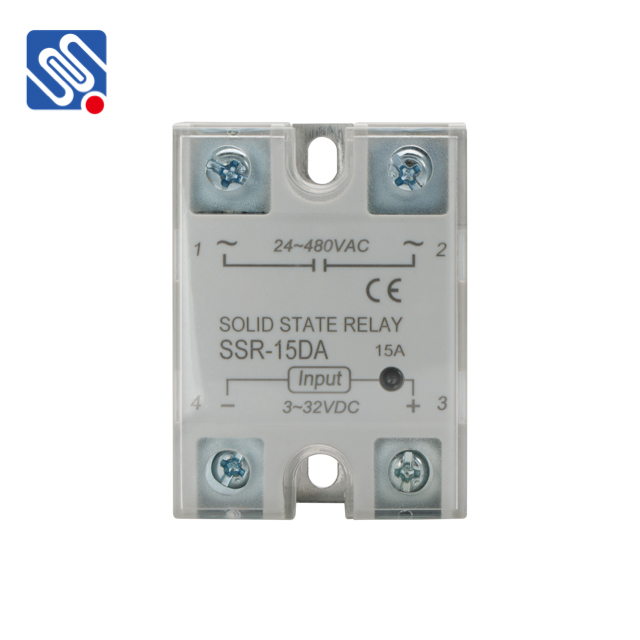Relays are essential components in electrical systems, playing a pivotal role in controlling circuits by switching electrical signals on and off. These small devices are widely used in various applications, from automotive electronics to industrial control systems, and even in household appliances. While relays are generally durable, understanding their lifespan and the factors that influence it is critical for ensuring optimal performance and preventing premature failure. In this article, we will explore what affects the lifespan of relays, the importance of considering relay lifespan in designs, and how users can extend the operational life of these crucial components.

What is Relay Lifespan? The lifespan of a relay refers to the number of operations (or cycles) a relay can perform before it begins to fail or its performance degrades to an unacceptable level. A relay’s life can be divided into two key categories: mechanical lifespan and electrical lifespan. Mechanical Lifespan This relates to the physical components within the relay, such as the contacts and springs. Over time, mechanical wear and tear from constant actuation cause the relay to lose its ability to function properly. Mechanical lifespan is usually measured in millions of cycles, depending on the construction and quality of the relay. However, this lifespan does not guarantee perfect performance, as even mechanical failure can be caused by external factors like shock, vibration, or environmental stress.
Leave a Reply
You must be logged in to post a comment.